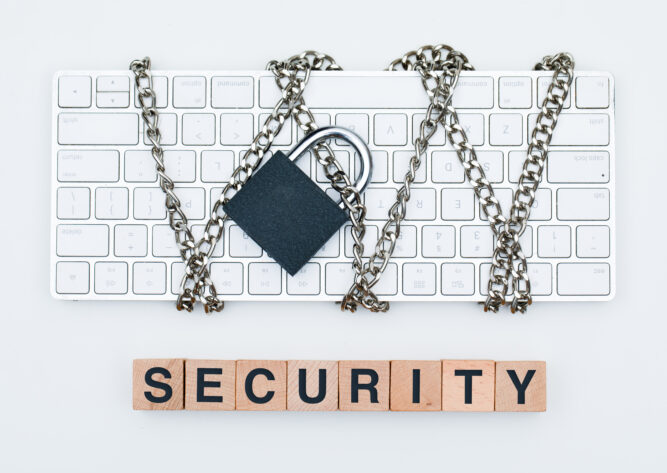
The digital world is evolving at an unprecedented pace, and so are cyber threats. As we enter 2025, cybercriminals are becoming more sophisticated, leveraging new technologies to breach security systems. Businesses and individuals alike must stay ahead by understanding the most pressing cybersecurity threats and implementing proactive defense strategies. In this article, we’ll explore the five biggest cybersecurity threats in 2025 and provide actionable tips to protect yourself.
1. AI-Powered Cyber Attacks Artificial Intelligence (AI) is revolutionizing cybersecurity, but cybercriminals are also exploiting it to launch more advanced attacks. AI-driven malware and phishing scams can adapt in real-time, making them harder to detect.
How to Protect Yourself:
- Implement AI-based security solutions to detect and mitigate threats.
- Regularly update software and train employees on cybersecurity awareness.
- Use multi-factor authentication (MFA) to add an extra layer of security.
2. Ransomware Attacks Targeting Critical Infrastructure Ransomware remains a top cybersecurity concern, with attackers increasingly targeting essential infrastructure like healthcare, energy, and government systems. These attacks can cripple entire organizations and demand hefty ransoms.
How to Protect Yourself:
- Regularly back up critical data and store it offline.
- Use endpoint protection solutions to detect ransomware threats.
- Restrict access to sensitive systems and enforce least privilege policies.
3. Supply Chain Attacks Cybercriminals are exploiting vulnerabilities in third-party vendors to infiltrate larger organizations. These attacks can lead to data breaches, financial losses, and reputational damage.
How to Protect Yourself:
- Conduct thorough security assessments of all third-party vendors.
- Implement zero-trust security models to verify every access request.
- Monitor network traffic for unusual activity.
4. Deepfake and Social Engineering Scams Deepfake technology has become more advanced, making it easier for attackers to manipulate voices and videos for fraudulent purposes. Cybercriminals use deepfake scams to deceive employees, impersonate executives, and gain unauthorized access to sensitive information.
How to Protect Yourself:
- Train employees to recognize deepfake scams and verify communications.
- Implement strict identity verification protocols.
- Use AI-driven tools to detect deepfake content.
5. IoT Vulnerabilities and Smart Device Exploits With the rise of smart homes and IoT (Internet of Things) devices, cybercriminals have more entry points to exploit. Weak security in connected devices can lead to unauthorized access and data breaches.
How to Protect Yourself:
- Change default passwords on all IoT devices.
- Keep firmware and software updated regularly.
- Segment IoT devices on a separate network from critical systems.
Outbound Links:
- Learn more about AI-powered cybersecurity solutions
- Best practices for ransomware protection
- How to secure IoT devices effectively
Internal Links:
As cyber threats continue to evolve in 2025, staying informed and proactive is crucial. Businesses and individuals must invest in robust security measures to defend against these growing risks. By implementing AI-driven security, adopting zero-trust policies, and maintaining cybersecurity awareness, you can safeguard your digital assets from emerging threats. Stay vigilant and stay safe!

Most Commented